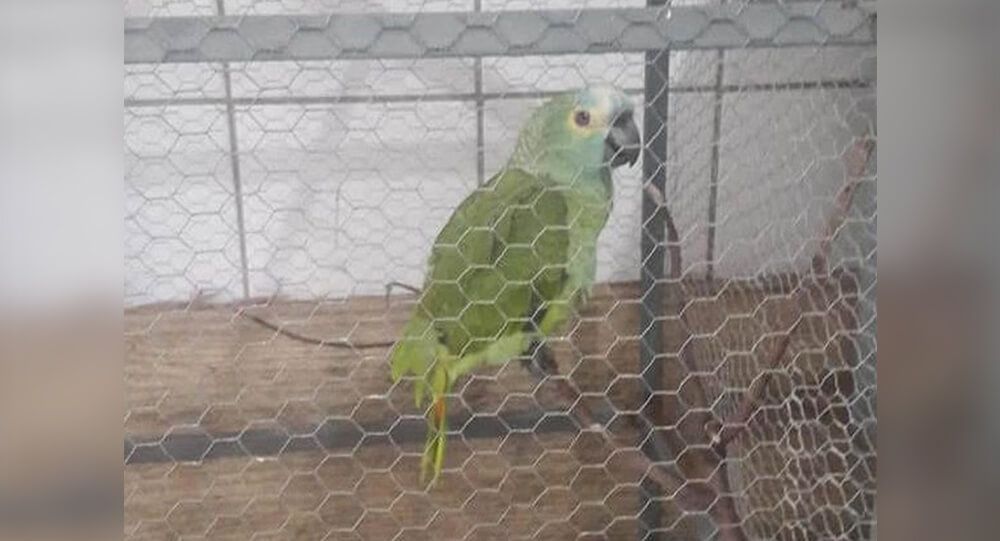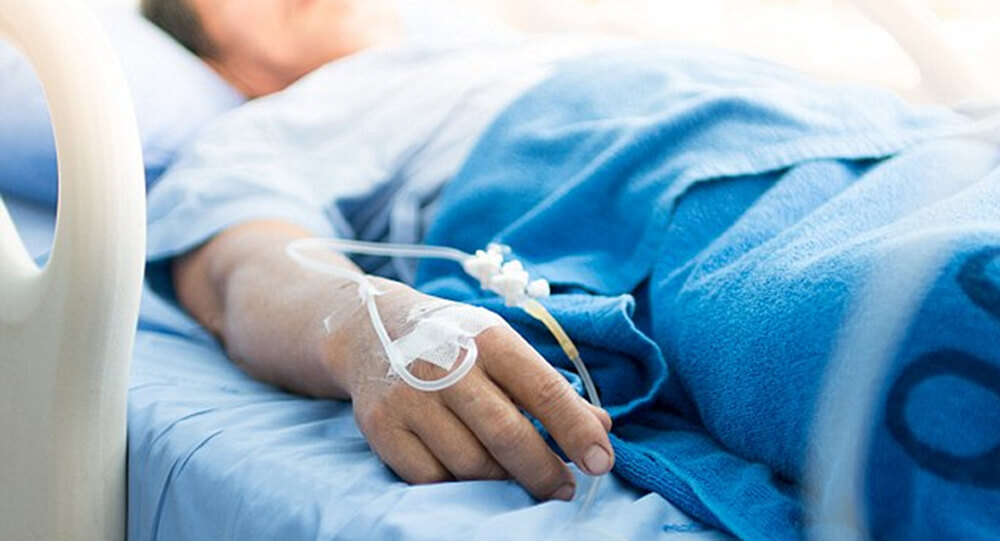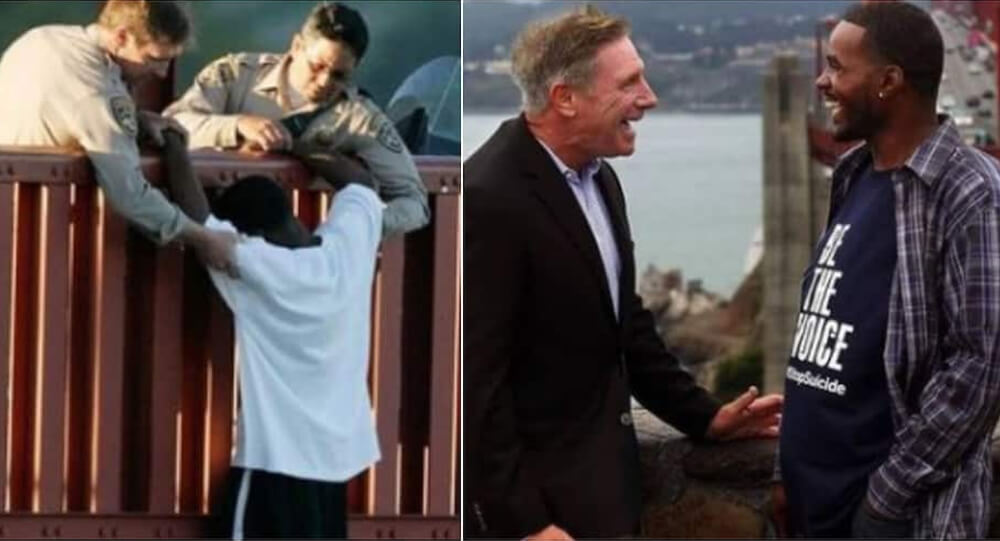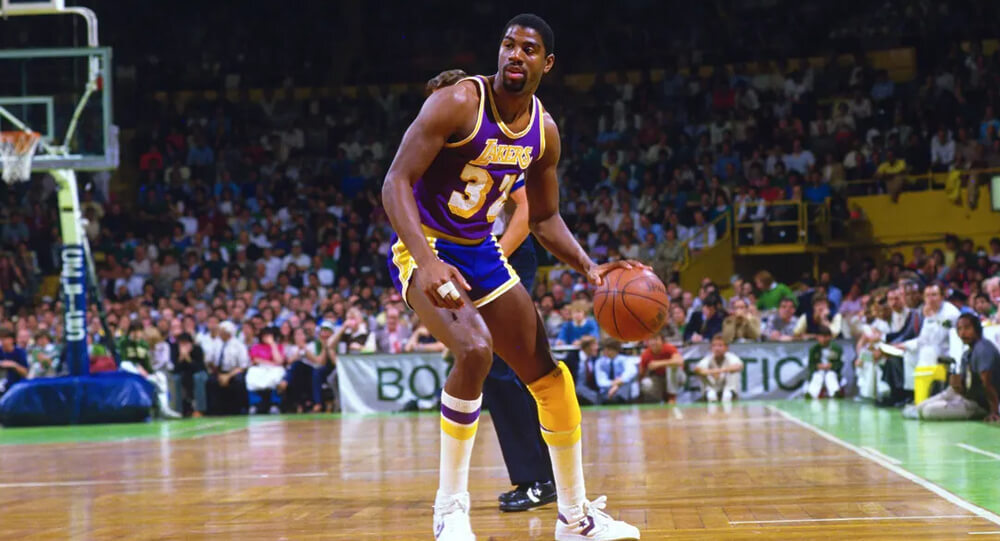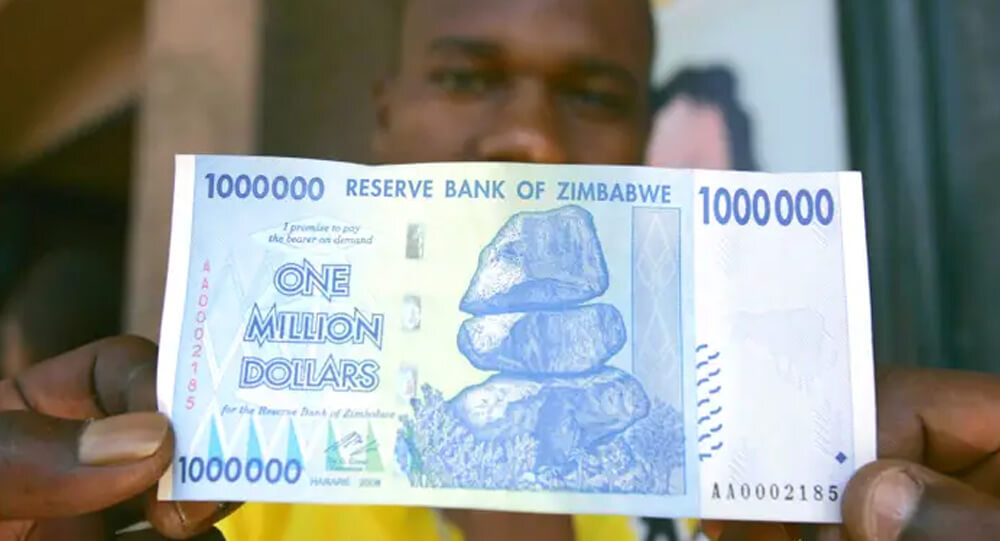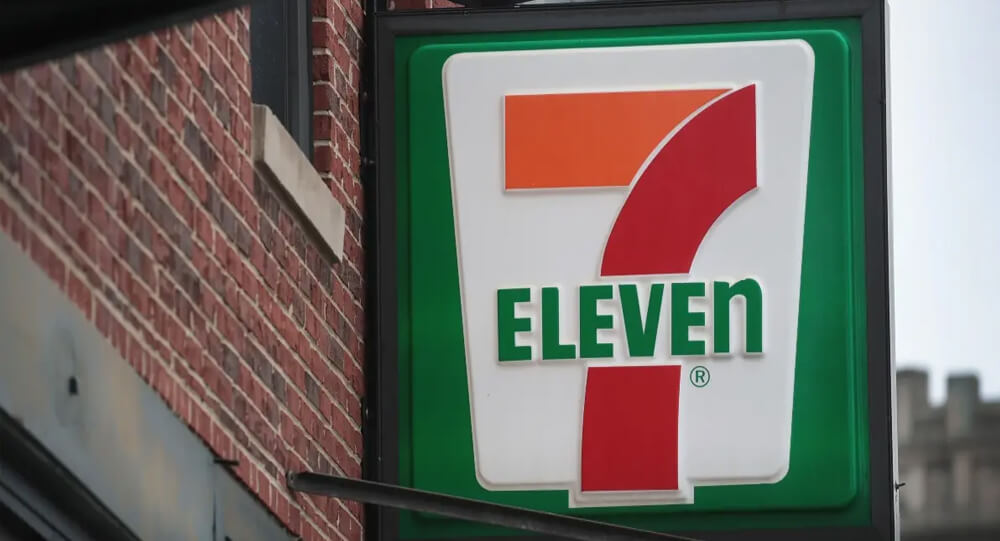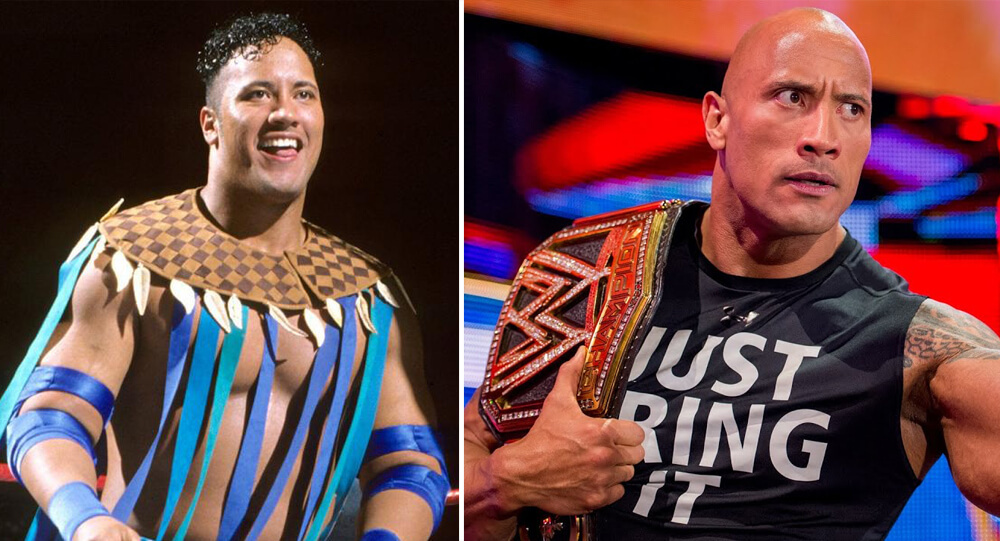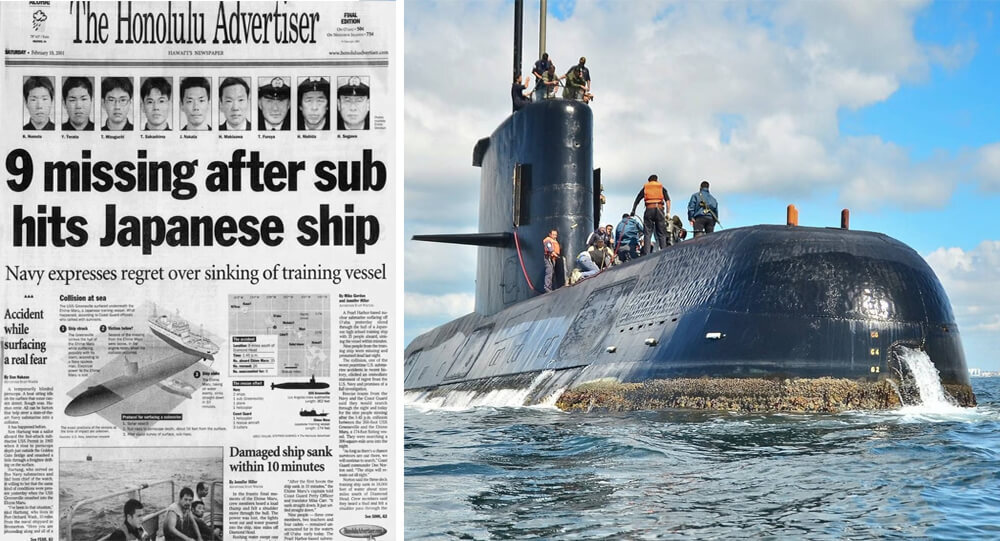

A U.S. Submarine Collides with a Japanese Fishing Ship in 2001
On February 9, 2001, the USS Greeneville of the United States Navy and the Ehime Maru of Japan collided in a tragic maritime accident. Nine crew members from the Ehime Maru died in this incident that happened off the coast of Oahu, Hawaii, including four high school students. International controversies broke out over the collision, casting doubt on naval tactics and maritime communication conventions.
In addition to being a tragic accident, the collision between the USS Greeneville and the Ehime Maru also strained diplomatic ties between the United States and Japan. This incident took place when tensions between the two nations were already at an all-time high. The collision brought to light the potential risks associated with military training exercises as well as the requirement for improved coordination and communication between naval forces and civilian vessels. It also emphasized how crucial it is to look into incidents like these and hold those responsible accountable in order to stop them from happening again.
Brief Overview of the USS Greeneville and the Ehime Maru
the USS Greeneville
A fast-attack submarine of the Los Angeles class, the USS Greeneville (SSN 772) was launched in 1996. It is a powerful asset in the fleet of the United States Navy thanks to its sophisticated sonar and radar systems. The submarine is about 360 feet long, and it can accommodate 140 people on its crew.
the Ehime Maru
The Uwajima Fishery High School in the Japanese prefecture of Ehime operated the Japanese training ship known as the Ehime Maru. The 190-foot-long ship’s main purpose was to educate and give practical experience to high school students who wanted to become fishermen. There were 35 people on board the Ehime Maru at the time of the collision, including crew members and students.
The Tragic Collision: Unraveling the Events Leading to the Accident
The USS Greeneville was performing a demonstration cruise for invited civilians on the morning of February 9, 2001. The submarine, as part of the demonstration, carried out an emergency surfacing maneuver known as a “rapid ascent.” Unfortunately, during the ascent, the Greeneville collided with the Ehime Maru, which was nearby carrying out a routine fishing training exercise.
Initial investigations showed that the collision was caused by a number of factors. The crew of the submarine had difficulty detecting sonar, there were several ships in the surface picture, and the USS Greeneville and nearby civilian ships were unable to effectively communicate. These errors in coordination and situational awareness were very important in the tragic accident.
The Ehime Maru was severely damaged in the collision, which caused it to sink quickly. Nine crew members, including four students, perished in spite of rescue efforts. There were no crewmember casualties reported for the USS Greeneville, which only received minor damage. Rescue efforts were launched in a flurry immediately after the collision, and the accident’s cause was being looked into.
Immediate Aftermath: Rescue Efforts and Communication Challenges
After the collision, the USS Greeneville started search and rescue operations right away, sending out divers and life-saving supplies to help the survivors. The submarine additionally assisted the crew members of the Ehime Maru who were trapped in the water by dispatching rescue swimmers.
Authorities from the US and Japan, including the US, participated in rescue operations. Japanese Maritime Self-Defense Force and the Coast Guard. The nine crew members who were still missing were eventually ruled dead despite the rescue teams’ heroic efforts.
The incident brought to light the difficulties in maintaining communication between military and civilian ships during maritime joint operations. The collision revealed weaknesses in procedures intended to protect civilian ships near naval exercises. The need for better coordination, greater situational awareness, and improved communication between naval forces and civilian maritime operators was later emphasized in attempts to address these issues.
Diplomatic Tensions: U.S.-Japan Relations in the Wake of the Collision
Diplomatic tensions between the United States and Japan were at an all-time high following the collision between a U.S. submarine and a Japanese fishing ship in 2001. Both nations quickly expressed their outrage and demanded explanations. Japan demanded a prompt and thorough investigation and that those responsible be held accountable after feeling betrayed and upset by the incident.
Government representatives rushed to address the incident and reassure the people in each country. The American government apologized and pledged to conduct a thorough investigation into what went wrong. On the other hand, Japanese officials were under intense pressure to defend their citizens and demand a fair and transparent procedure. The incident tested the diplomatic skills of leaders on both sides, as they tried to navigate the choppy waters of international relations in the face of public outrage.
Both in Japan and the United States, the collision attracted media attention. The tragic incident made headlines, emphasizing the lives lost and the effect it had on the two countries’ relations. The general public in both nations was extremely critical, calling for accountability and appropriate steps to stop similar incidents from happening in the future. The media was instrumental in keeping the incident in the public eye and ensuring that the governments continued to come under scrutiny and responded quickly to the tragedy.
Investigation and Accountability: Uncovering the Causes and Assigning Responsibility
Both the United States and Japan established investigation committees to ascertain the reasons for the collision and determine who was to blame. Experts from a variety of disciplines, such as naval operations, maritime law, and accident investigation, made up these committees. The objective was to conduct a comprehensive investigation into the circumstances leading up to the collision and find any negligence or protocol violations.
The investigation found a string of mistakes and misunderstandings that ultimately caused the collision. The Japanese fishing ship failed to make the necessary evasive maneuvers, and it was found that the U.S. submarine was operating in an area where it shouldn’t have been. The report emphasized the requirement for improved cooperation and communication among maritime vessels in order to avoid similar incidents.
It was difficult to decide who was to blame and who needed to take responsibility. The investigation committees came to the conclusion that the crews of the Japanese fishing ship and the U.S. submarine both contributed to the collision. The incident highlighted the necessity of better instruction and protocol observance for all maritime operators. Although it was a challenging process, accountability for both parties was essential for preserving trust between the United States and Japan.
Reforms and Safety Measures in Submarine Operations
Significant policy adjustments and reforms in submarine operations were prompted by the collision for both Japan and the United States. Improved communication protocols between submarines and other maritime vessels were among these modifications, as were stricter rules for submarine navigation in sensitive areas. The incident served as a wake-up call, emphasizing the requirement to prioritize safety and lower the possibility of similar accidents happening in the future.
Operators of submarines in both nations emphasized the significance of improved safety measures and training procedures. The incident exposed flaws in training protocols and the need for increased knowledge of global maritime regulations. In order to ensure that submarine crews are well-equipped to handle challenging situations and operate with the utmost caution, stringent training programs have been put in place.
The United States and Japan established joint exercises and training programs to foster better coordination and understanding between their naval forces in an effort to stop similar incidents from occurring in the future. In order to improve situational awareness and lower the risk of collision, better technology and communication systems have also been implemented. Both nations understood how crucial it was to take lessons from the past and make the necessary changes to stop accidents from happening again.
Remembering the Victims and the Legacy of the Incident
The collision between the American submarine and the Japanese fishing vessel had a profound effect on the victims’ families. No family should have to deal with the loss of a loved one in such a tragic incident. They were united in their sorrow by the incident, which also made everyone aware of the human cost of such accidents.
In order to remember the victims and keep their memory alive, memorials and commemorations were held. These occasions gave the affected families and the larger community a chance to come together and pay respect to those who lost their lives. This incident serves as a reminder of the necessity of ongoing safety standards improvement efforts in submarine operations.
A tragic event that put U.S.-Japanese relations to the test was the collision between the U.S. submarine and the Japanese fishing ship in 2001. It resulted in heightened diplomatic tensions, in-depth investigation, and significant changes to submarine operations. The collision between the USS Greeneville and the Ehime Maru serves as a somber reminder of the need for accountability, continuous improvement, and the highest priority placed on the safety of maritime operations. In conclusion, the incident serves as a somber reminder of the tragic consequences that can result from maritime accidents. A review of safety precautions and procedures was prompted by the incident, and this led to significant changes in submarine operations. It also had a long-lasting effect on U.S.-Japanese relations, emphasizing the importance of open communication and responsibility during crises. As we remember the victims of this unfortunate event, we must also acknowledge the lessons learned to ensure a safer and more secure future at sea.

Troy Leon Gregg: the death row inmate murdered the same night he escaped
In July 1980, Troy Leon Gregg escaped from Georgia State Prison the night before his execution. However, he was killed in a fight in a bar just a few hours later.

'Super obedient' lookout parrot trained by Brazilian drug dealers is seized by police
In 2019, police in Brazil seized a 'super obedient' lookout parrot trained by drug dealers. According to reports, the bird had been taught to alert criminals to police operations by shouting: "Mum, the police!" As soon as the police got close, he started shouting.

Mom hears son's heartbeat 3 years after his death when she meets organ recipient
She agreed to donate her son's organs after his sudden death in June 2013 at the age of 7 months. The grieving mother was able to listen to her late son’s heart beating inside the little girl who received the organ after his death.

Inspiring story of Emma Schols who Saved Her Six Kids From A Burning House
Emma Schols, a Swedish mother, saved all six of her children from a devastating house fire in 2019, running from room to room through flames while bleeding and losing skin. Against all odds, she survived with severe burns covering 90% of her body.

Drive-Thru Weddings in Las Vegas: The Ultimate Fast, Fun, and Legal Way to Say “I Do”
Inspired by fast food convenience, Las Vegas offers drive-thru weddings where couples can legally marry in under 5 minutes—without leaving their car. Some chapels even offer curbside Elvis impersonators and 24/7 ceremonies, complete with “to-go” marriage licenses.

How Being Bugs Bunny Helped This Voice Actor Out of Coma
Mel Blanc; the voice of Bugs Bunny, had been in a serious car accident that put him in a coma. After many unsuccessful attempts to get him to talk, a doctor asked “Bugs, can you hear me” Mel responded in the voice of bugs bunny, “Whats up, Doc? The doctors used this to lead him out of his coma.

Croatian teenager wakes up from coma speaking fluent in German In 2010
In 2010, a Croatian teenager awoke from a coma to discover she could no longer speak Croatian but was fluent in German, a language she had just recently begun studying at school in the United Kingdom. reports in the press

Passenger with No Flying Experience Lands Plane in Florida: A Real-Life Aviation Miracle
A passenger with no flying experience landed a twin-engine plane in Florida after the pilot died mid-flight. With guidance from air traffic control, he safely touched down—a real-life aviation miracle caught on radar and radio.

A man who was saved from committing suicide 16 years ago now assists people dealing with mental health issues
Kevin Berthia traveled to the Golden Gate Bridge in 2005 to commit suicide. He ended up spending 92 minutes on the edge of the bridge talking to officer Kevin Briggs about his life. In much better circumstances, they cross paths at the same bridge ten years later.

Restaurant owner offers burglar a job rather than filing charges
On April 13, 2021, Diablo’s Southwest Grill was robbed, but instead of pressing charges, owner Carl Wallace decided to offer the burglar a job in his business and said “There are better opportunities out there than this path you’ve chosen,”.

Oreo builds asteroid-proof bunker to protect its cookies and recipes
In October 2020, Oreo builds a concrete bunker in Svalbard, Norway, to protect their recipes in case of an asteroid impact. The vault also contains Oreos wrapped in Mylar and vials of milk powder.

Missing Masterpiece Discovered in the Background of ‘Stuart Little’
In 2009, Gergely Barki, an art historian, was watching the film Stuart Little (1999) when he spotted an original long-lost painting used as a prop. Called Sleeping Lady with Black Vase, this painting was the work of Hungarian avant-garde painter Róbert Berény. The painting had been considered lost after World War II.

Unique Dining table with a hole for your cat to peek and join you dinner.
Dinos, a Japanese internet shop, has launched a new range of cat furniture, which includes this oak table with a hole in the middle and a perch underneath. It places your cat companion in the center of the table, making your cat the main focus of your meal, as it should be, because cats are the true proprietors of “your” home.

Whang-od Oggay, The legendary tattoo artist from the Philippines
This is Whang-od Oggay, a 106-year-old tattoo artist from the Philippines. She is often described as the last and oldest Kalinga tattoo artist, and has been performing the traditional art of hand-tapped tattoos since the age of 15

How Magic Johnson Missed Out On $7 Billion Nike deal
Magic Johnson turned down a deal with Nike in 1979 that offered him 100,000 shares of stock and $1 for every pair of shoes sold. Instead, he chose Converse, which offered him $100,000 per year. Johnson lost about $5 billion by declining the Nike deal.

Smart girl saves her family more than 100 people in 2004 tsunami
In 2004, a 10-year-old girl saved her family and 100 other tourists from the Asian tsunami because she had learned about the giant waves in a geography lesson, it has emerged.

Who invented the three-point seat belt?
While employed by Volvo in 1959, Swidish engineer Nils Bohlin created the three-point safety belt. Volvo first had the design patented, but soon as they discovered its importance as a new safety measure, they made the patent open to everyone. Millions of lives were genuinely spared by Volvo’s gift to the world.

Kipekee, the world's only spotless giraffe, was born at Brights Zoo
The world's only spotless giraffe was born at a zoo in the United States. The giraffe born without spots on July 31 is the only one of her kind on Earth.

Hyperinflation of the Zimbabwe dollar turning phasing out their local money in 2015
Hyperinflation of the Zimbabwe dollar made it one of the lowest valued currencies in the world. So the country abandoned it in 2009, and switched to using foreign money. In 2015, to complete the process of phasing out their local money, the government offered to exchange it at a rate of one US dollar for 35 quadrillion Zimbabwean dollars.

The Man Who Survived Falling Through a Thunderstorm, William Rankin
William Rankin was a fighter pilot who survived an ejection into a thunderstorm. He suffered frostbite, violent wind and lightning, severe decompression, and nearly drowned from breathing in rain water. He was in the cloud for over 40 minutes in total.

Billy Ray Harris: A Story of Kindness and Honesty
In 2013, a homeless man named Billy Ray Harris discovered a $4,000 engagement ring in this cup. A woman had dropped while giving him some change. He returned the ring to her two days later. To thank him for his honesty, she set up a fund with the goal of raising $4,000 for him. It earned more than $185,000.

Why Is the N Lowercase in 7-Eleven?
7-ELEVEN is thought to have a lowercase "n" in its logo because the company president's wife believed that a logo with all caps would seem harsh, while a lowercase "n" would make it more graceful.

A three-year-old boy discovers a $4 million pendant in England
A $4 million 16th-century gold pendant was discovered in 2010 by a three-year-old boy using his father's metal detector.

Before "The Rock," There Was "Rocky Maivia"
Dwayne “The Rock” Johnson’s first WWF persona was Rocky Maivia, a face (good guy). The audience rejected him due to his cheesy character, with chants of “Die, Rocky, die!”. After this, he became a heel (villain), referring to himself in the third person as “The Rock” and insulting the audience.

A Pilot Survived 20 Minutes Outside A Flying Jet
In 1990, the captain of flight 5390 Timothy Lancaster got sucked out of his own plane when the window of the plane fell off. The crew held the captain’s leg for 30 minutes while the plane performed emergency landing. Everyone survived.


